Feb 02, 2021 Excited to install and run an iOS app on the M1 Mac? Here are the required steps. 1 Launch the App Store on your M1 Mac and choose your account by clicking the lower left corner. 2 At the top of the App Store screen, locate and click on the tab titled “iPhone & iPad Apps” 3 Search for the iPad or iPhone game or app you want to use on the.
For years, if Apple users wanted to run their favorite iOS apps on their computer, they’d have to do so via third-party applications, emulators, or other non-official methods. Now, if you own an Apple Silicon Mac (the newer ones with an M1 processor) and have the Big Sur iOS, you’ll have able to run iPhone and iPad apps on your Mac computer.
See also: Best Apple Macbooks
Setting up Android Emulator for M1 Chips Head on to Android Emulator M1 Preview repo by Google which is still under beta but it works fine but with some. Click on releases option and download the latest preview version by clicking of android emulator m1 preview.dmg. It will download a DMG file. Parallels Desktop. Source: Parallels. Parallels Desktop is similar to VMWare Fusion but with better support for Mac computers. The latest version of the program will also support the new Apple M1 Macs. This tool gets an update every year, keeping it up to date with the latest macOS. For now, the native version of Dolphin Emulator app for M1 is only available as a developer release. You can find more details about the early tests with Dolphin Emulator on M1 Macs here. MobiOne Studios. The first iOS emulator on the list is MobiOne Studios. Before we begin, I must add.
What’s the Benefit of Using iOS Apps on My Mac?
Applications on the iPhone and iPad have come a long way. Now, you can have the full functionality of word processors, video editors, and other applications in the palm of your hand. Especially if you work on your iPad frequently, you may want to transfer data or workflows from your tablet to your computer. Master book of psalms pdf free download. With this new Big Sur OS update, you can do just that.
Can My Mac Run iOS Apps?
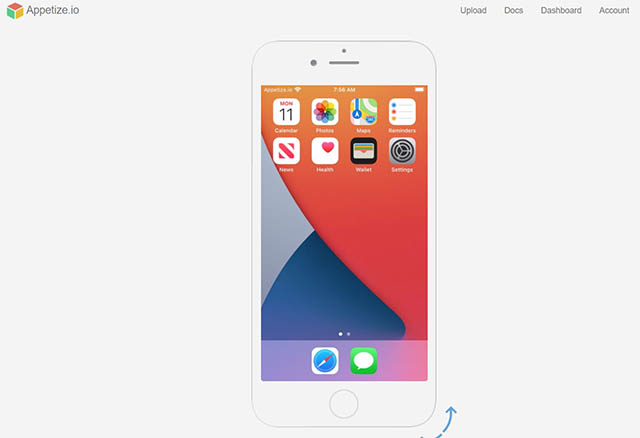
As mentioned, you can only run iOS apps on your Mac if your computer has an Apple Silicon chip. To check if your device is capable, follow these steps below:
- Click on the Apple logo in the top left corner of your screen.
- Click on About this Mac.
- If, under the Chip section, it says Apple M1, then you’re capable of running iOS apps on your computer.
How to Run iOS Apps on Mac
Downloading iOS apps on your Mac computer is extremely simple. If you know how the App Store works on your Mac, you’ll have no problem at all!
- Open the App Store on your Mac.
- Click on the search field in the App Store, and type in the app you want to download. Keep note that not all iOS apps are available on the Mac Apple Store.
- In the search results, select the iPhone & iPad Apps tab.
- Click the Get button next to the app search result.
- Download it, and you’ll be able to run iOS apps on a Mac!
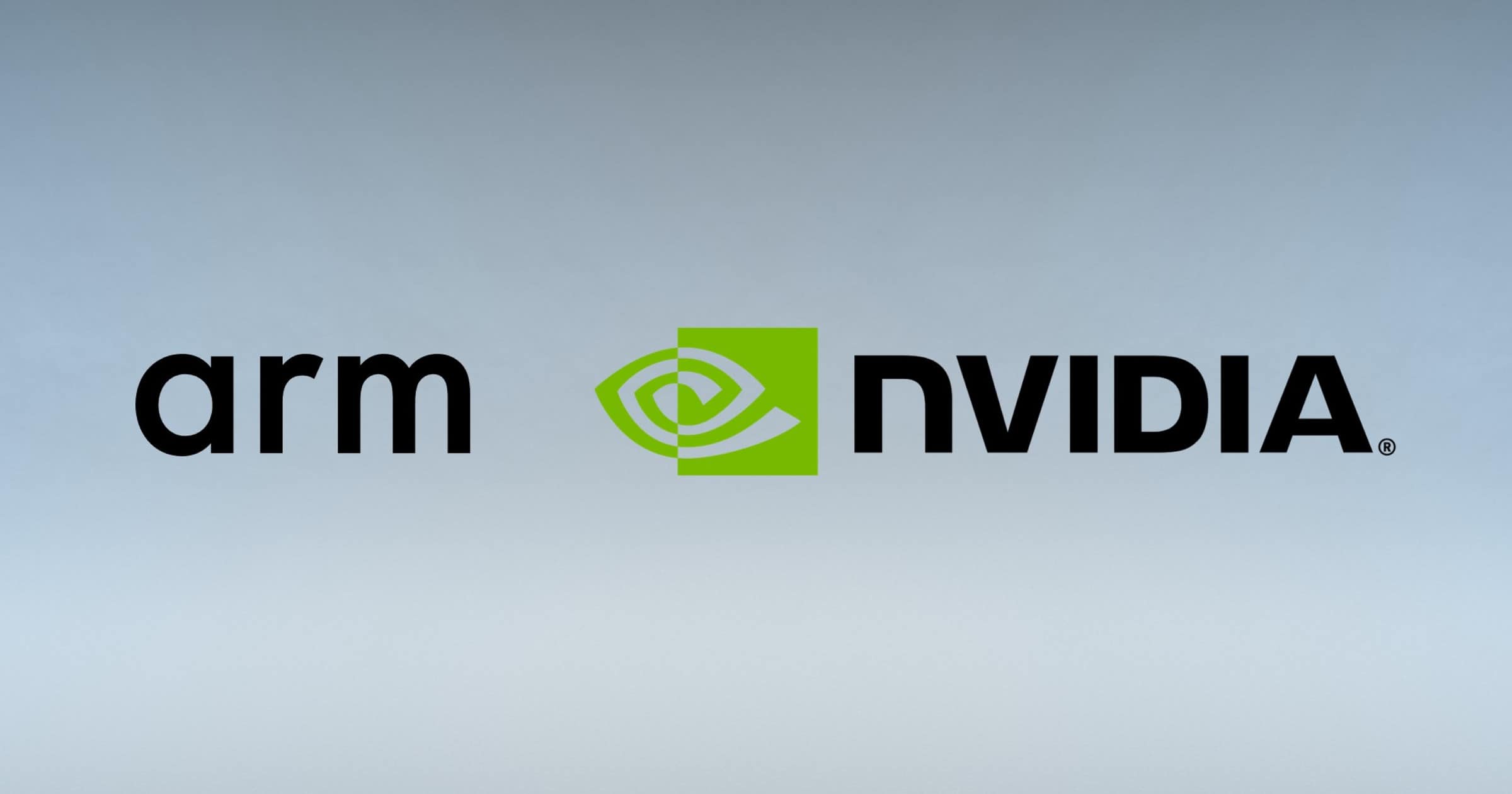
What is an Emulator and Should I Use One?
With the new M1 MacBooks and its silicon chips, emulators have become rather obsolete and you don’t see them mentioned often like 10 years ago in the early 2010s. In short, an emulator is a program that ’emulates’ another kind of device or service. For example, in the early days of the Mac, you would have to download an emulator in order to run Windows OS on your Mac. Nowadays, there are more comprehensive services (one even built into the Mac itself) that allow you to do this more seamlessly.
Ios Emulator Mac M1 Free
Back in the day, it was extremely common to download emulators from shady third-party websites in order to run iOS apps, Gameboy games, and Windows programs on a Mac. Not only would you have to find the emulator application online, but you’d have to find the individual apps or programs you want to run as well. This made things pretty complicated and many people infected their devices with viruses and general malware.
If you have an older Mac and desperately need to use an iOS app on your computer, yes, you should use an emulator. There are plenty of resources on the internet to help guide you through the process to ensure you don’t download a virus and ruin your computer. If the idea of downloading a program off an unverified third-party source makes you feel uncomfortable, check out which Macs you would need to run iOS apps without an emulator.
Looking for recommendations? Here are just a few worth checking out:
- iPadian
- Smartface
- Appetize
What’s the Best Mac for iOS Apps?
All Macs manufactured in 2020 and beyond will have an Apple silicon chip (also known as Apple M1). If you want to run iOS apps without using an emulator, we would recommend purchasing one of the models below.
- iMac (24 inch, M1, 2021)
- MacBook Pro (13 inch, M1, 2020)
- MacBook Air (M1, 2020)
- Mac mini (M1, 2020)
Source: androidauthority.com
Matt Cone January 1, 2013 TutorialsMacDeveloper
Web developers know it’s important to test their websites on every web browser and device possible. And with the growing popularity of the iPhone, iPad, and iPod Touch, it’s only natural that they’ll also want to test their websites on all of those devices. But short of stocking up on a bunch of Apple products, how can developers preview their websites in iOS?
Actually, it’s easy. Anybody can do it by installing Apple’s iOS simulator on their Mac for free. This functional demo, complete with the mobile Safari web browser, allows you to preview your website or web application in iOS. It looks exactly the same as it does on an iPhone, iPad, or iPod Touch.
There are limitations to the simulator. You can’t install apps from the App Store in the simulator, so forget about playing Need for Speed: Most Wanted. And many of the apps that come preinstalled on iOS devices are not available in the simulator. Here’s the bottom line: This stripped-down simulator is great for testing websites, but not much else.
Installing the iOS Simulator on Your Mac
Ready to get started? The first step is downloading Xcode and installing the iOS simulator on your Mac. Here’s how to install the iOS simulator on your Mac:
Download and install Xcode from the Mac App Store. It’s free!
Right click on the Xcode icon in the Applications folder and select Show Package Contents, as shown below.
Open the iPhone Simulator application. You can find the alias in Contents → Applications, as shown below.
For easy access to the iOS simulator in the future, drag and drop the iOS Simulator alias on to your Desktop or the Applications folder.
The iOS simulator is now installed and running on your Mac, as shown below.
As mentioned earlier, you’ll notice that the simulator is missing a lot of the applications and settings that come with every iOS device.
Rotating the Simulator
Every iOS device has a gyroscope that keeps track of the screen’s orientation. For example, if you turn the device horizontally, iOS will automatically rotate the screen if you’re using an app that supports the feature. The simulator can rotate, too! It can be a useful tool when you’re developing a responsive website or web app.
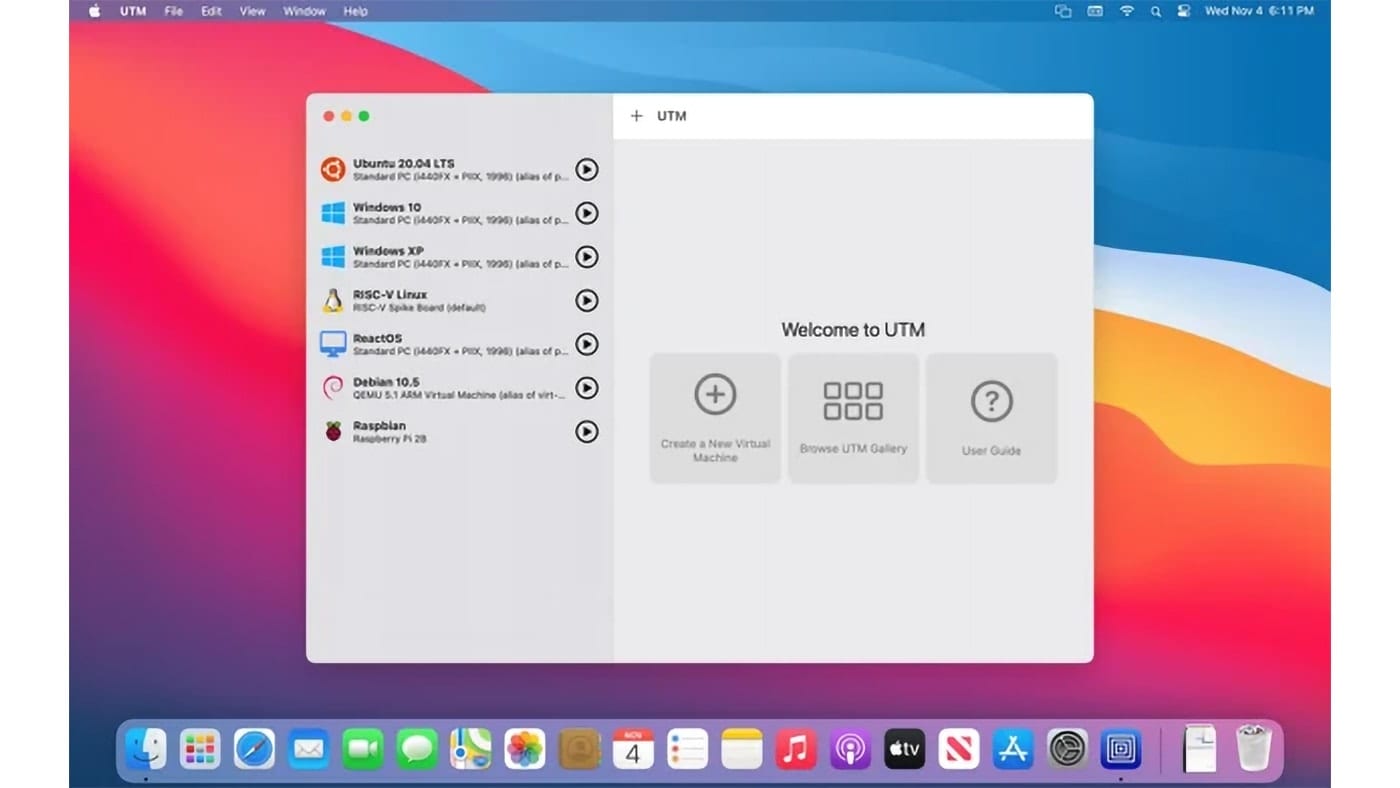
Here’s how to rotate the simulator:
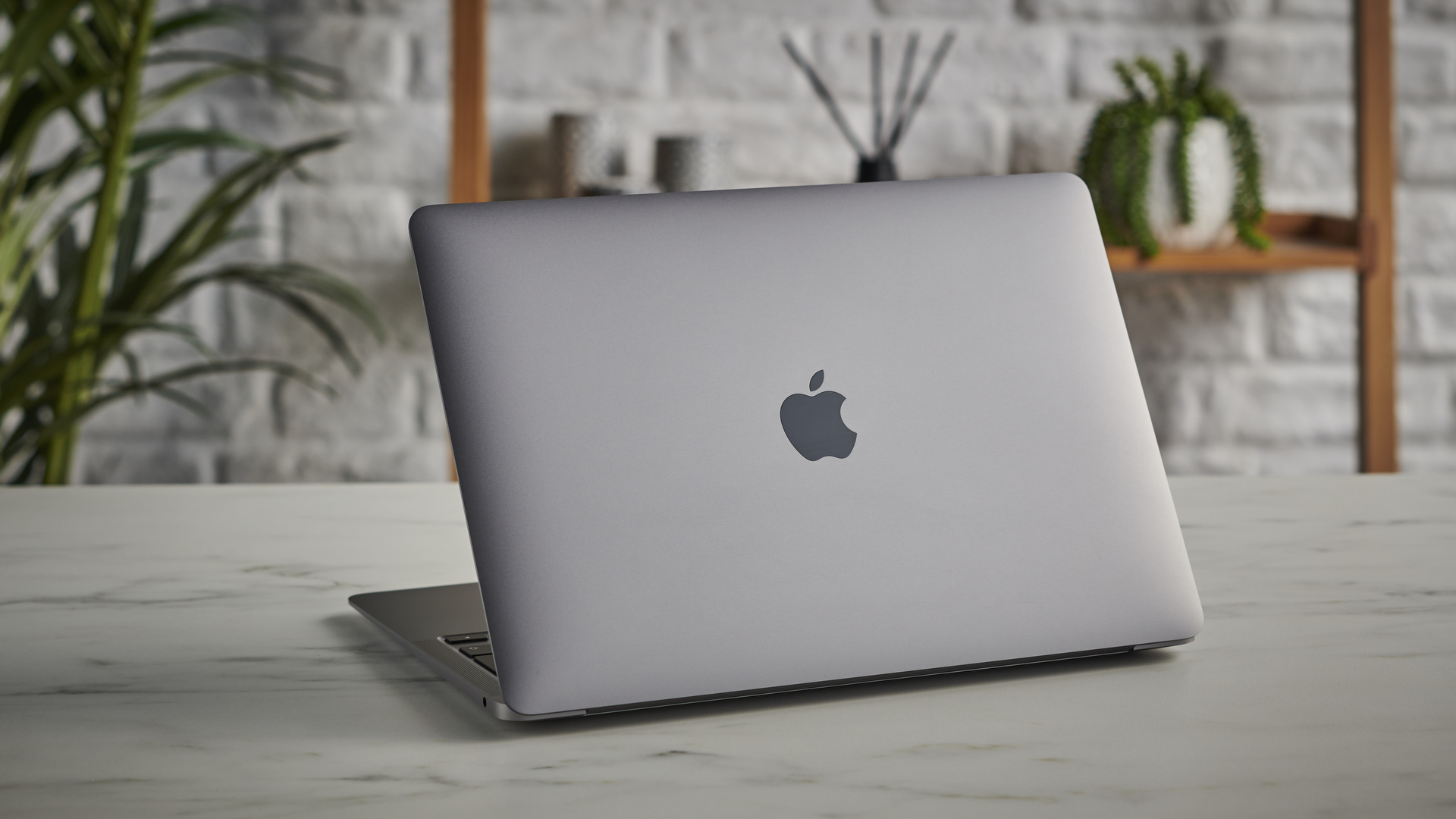
Open the iOS simulator, if it’s not already open.
Open the Safari app in the simulator.
From the Hardware menu, select Rotate Left or Rotate Right. The simulator will rotate, as shown below.
To rotate the simulator back again, select a rotation option from the Hardware menu. Devanagari marathi font free download windows 7.
Android M1 Emulator
Simulating Different iOS Devices
What good would an iOS simulator be without the ability to switch between the different dimensions of the iPhone 4, iPhone 5, and the different versions of the iPad? The simulator lets you use them all on your Mac. Here’s how to simulate a different iOS device with the iOS simulator:
- Open the iOS simulator, if it’s not already open.
- From the Hardware menu, select Device, and then select the type of device you want to simulate.
- The simulator window will change to match the dimensions of the device you selected.
Android Studio Emulator Mac M1
To restore the original window with the iPhone case as a border, select iPhone.
Ipadian Mac
Subscribe to our email newsletter
Sign up and get Macinstruct's tutorials delivered to your inbox. No spam, promise!